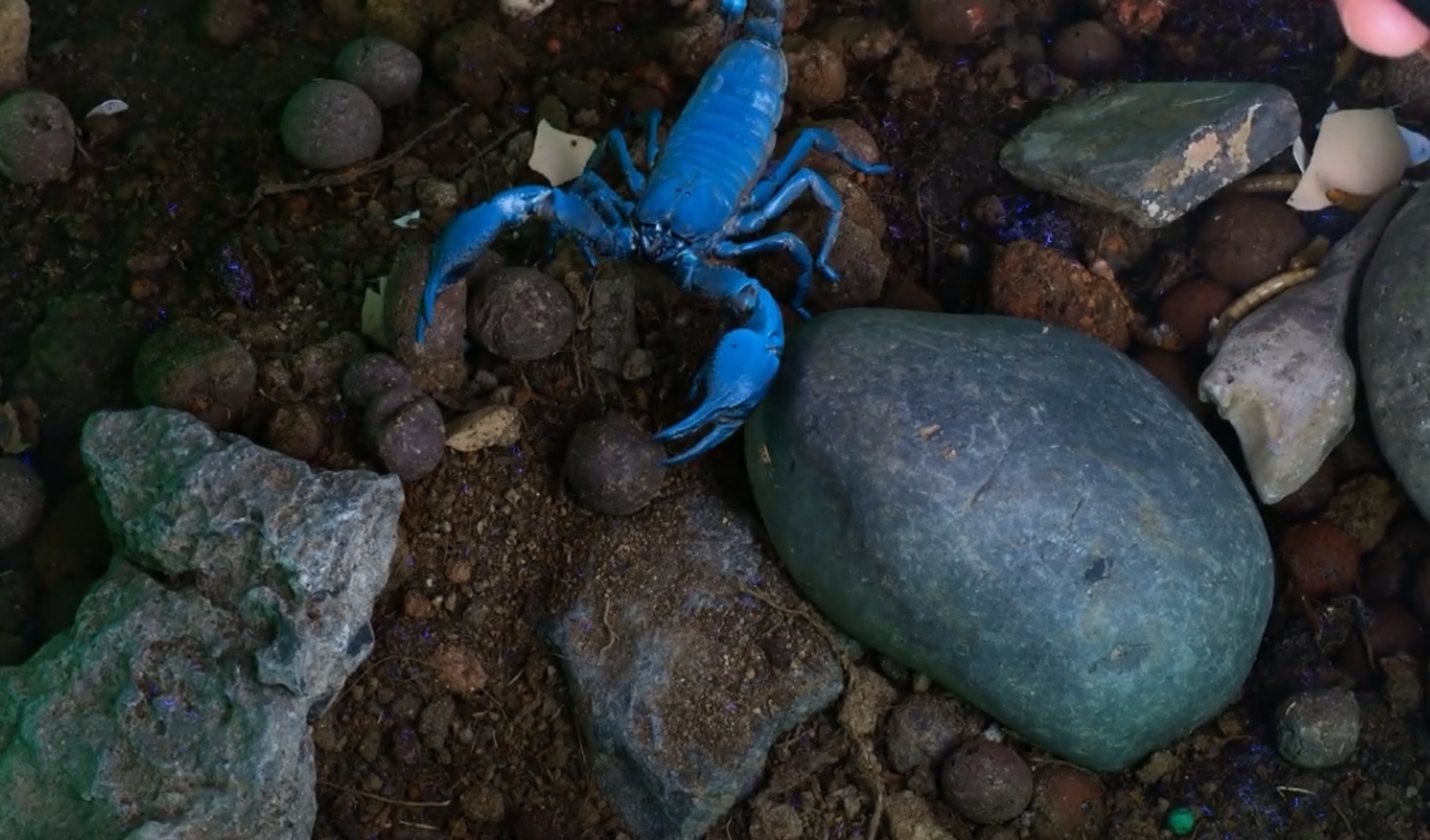How to Use a UV Flashlight for Scorpion Hunting and Mineral Detection
Posted by Raymond on 11th Jun 2025
How to Use a UV Flashlight for Scorpion Hunting and Mineral Detection
UV flashlights have become essential tools for outdoor enthusiasts, rockhounds, and adventurers. Whether you're exploring the desert at night or searching for fluorescent minerals in rock beds, the power of ultraviolet (UV) light can reveal what the naked eye cannot.
In this guide, we’ll explain how to use a UV flashlight safely and effectively for scorpion hunting and mineral detection, with practical tips, a product comparison table, and recommendations.
Why Use a UV Flashlight?
Ultraviolet flashlights emit light in the 365–395nm range, which causes certain materials to fluoresce. This makes them highly useful for:
-
Detecting scorpions (they glow blue-green under UV)
-
Identifying fluorescent minerals like calcite, fluorite, and willemite
-
Authenticating currency or antiques
-
Spotting pet stains, leaks, or mold
Note: Not all UV flashlights are equally effective. For scorpion hunting and mineral detection, 365nm wavelength is generally more powerful and accurate.
How to Use a UV Flashlight for Scorpion Hunting
Best Practices:
-
Time of Day: Hunt after sunset; scorpions are nocturnal.
-
Location: Focus on dry, rocky areas, under logs, and along walls or trail edges.
-
Approach Slowly: Scan the ground 5–10 feet ahead in sweeping motions.
-
Safety First: Wear gloves, boots, and long pants to avoid accidental stings.
Why UV Works for Scorpions:
Scorpions contain a substance in their exoskeleton that fluoresces under UV light, appearing bright green or blue—even from several feet away.
How to Use a UV Flashlight for Mineral Detection
Steps for Mineral Hunting:
-
Research Locations: Known fluorescent rock beds, quarries, or geologic zones.
-
Use in Darkness: For best results, view samples at night or in a dark room.
-
Carry Sample Bags: If you collect specimens, label them under UV conditions.
-
Be Patient: Some minerals glow faintly and require close inspection.
Common Fluorescent Minerals:
| Mineral | Fluorescent Color | Additional Notes |
|---|---|---|
| Calcite | Red, pink, or orange | Often found in limestone deposits |
| Fluorite | Blue or purple | Found in hydrothermal veins |
| Willemite | Green | Common in zinc ores |
| Scheelite | Blue-white | Used in tungsten mining |
| Sodalite | Orange (in hackmanite form) | Glows under 365nm UV light |
Recommended UV Flashlights for Field Use
| Model | Wavelength | Power Source | Best For | Buy Link |
|---|---|---|---|---|
| TANK007 UV301 | 365nm | Rechargeable 18650 | Pro-level detection | View Product |
| Convoy S2+ UV | 365nm | 18650 Battery | Rockhounding & labs | View on Amazon |
| TANK007 UV-AA01 | 365nm | 1x AA battery | Pocket/EDC use | View Product |
Tip: For field use, choose a UV flashlight with a filter lens that blocks visible purple light for clearer fluorescence.
UV Flashlight Safety Tips
-
Avoid eye exposure – UV rays can damage vision.
-
Use protective eyewear – especially when using high-powered 365nm models.
-
Don’t shine directly on skin – prolonged exposure can irritate.
-
Keep out of reach of children – UV tools are not toys.
Final Thoughts
Whether you're an amateur geologist or an adventurer in scorpion country, a UV flashlight is an indispensable tool. It reveals a hidden world — from mineral glows to scurrying creatures — with scientific curiosity and visual impact.
Explore our full collection of UV flashlights at TANK007Store.com, where quality meets utility.

